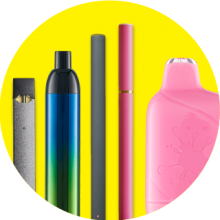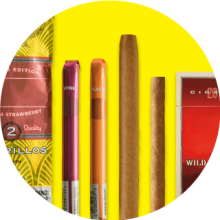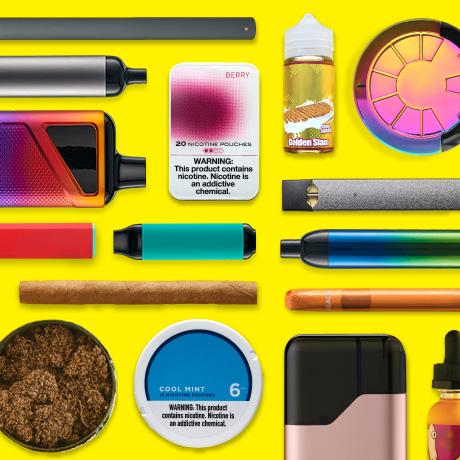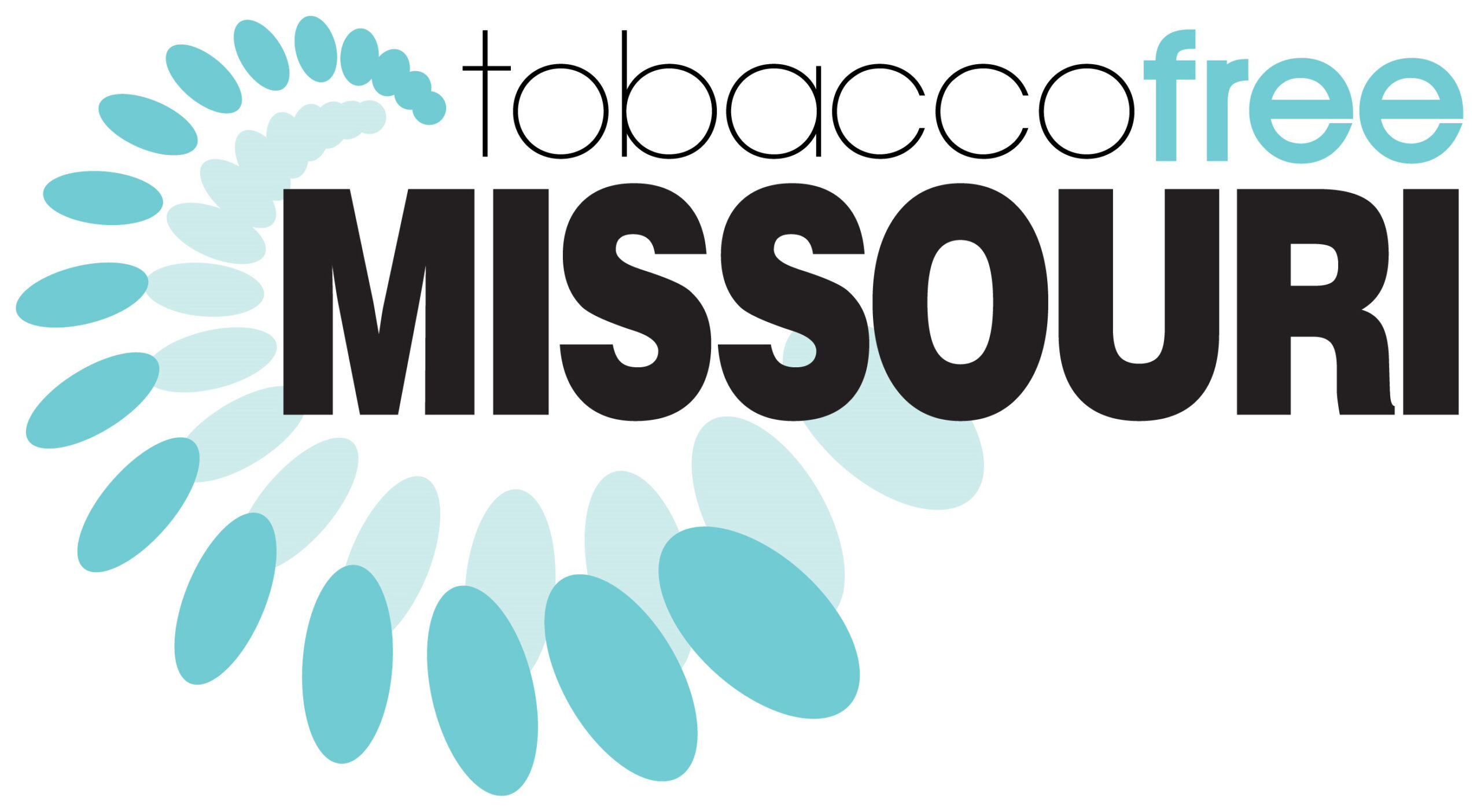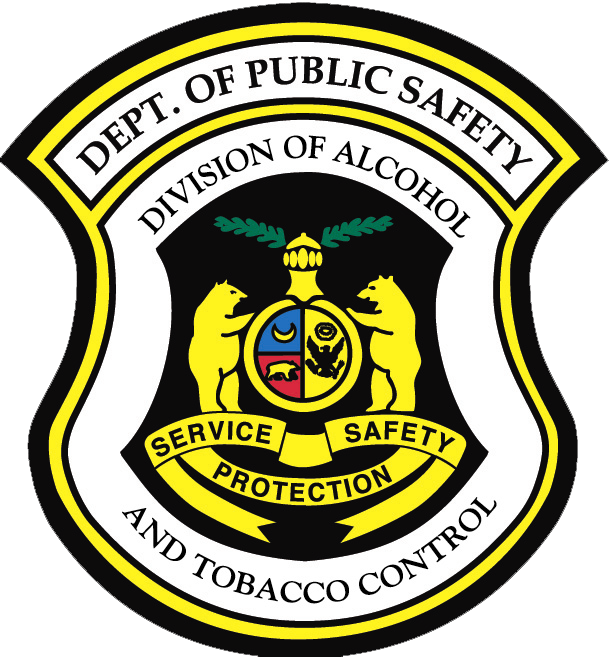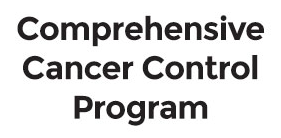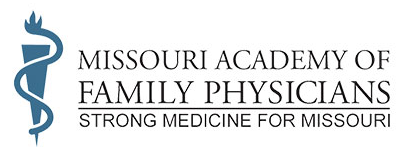Smokeless Tobacco
Talk to Your Teen About Dip, Snus, and Chew
Every year, half a million kids in the U.S.—mostly boys and young men—try smokeless tobacco for the first time. Whether they’re tucking a pinch, or a pouch, of flavored tobacco behind their lip, or chewing on a wad of shredded tobacco leaves, the results are the same. Nicotine and other dangerous, cancer-causing chemicals are released into the bloodstream, increasing the user’s risk of addiction, illness, and even death, usually for less than the cost of a pack of cigarettes.
A Rising Issue: Nicotine Pouches
These pouches contain nicotine but not tobacco, from brands such as Zyn or On!, have become popular on social media platforms like TikTok, attracting the eyes of teens and youth. Easy to conceal and available in dozens of flavors, including candy-like “Mango Tango” and “Berry Frost,” nicotine pouches are the latest addition to Big Tobacco’s portfolio of products marketed to young people.
Labels that describe the product as “tobacco-free” can imply less harm. Although all of the long-term health effects of nicotine pouches are unknown, the use of any nicotine products by young people is unsafe. We already know that nicotine has negative effects on the developing brain. While levels of some toxicants in nicotine pouches may be lower than in cigarettes and smokeless tobacco, some studies have found levels of formaldehyde in nicotine pouches that are comparable to cigarettes and smokeless tobacco.
These oral nicotine products are not as popular among U.S. youth as cigarettes, vaping products, and smokeless tobacco, but their prevalence of use has significantly increased.
What to look for
Smokeless tobacco products like dip, snus, and chew don’t look much alike, but they all contain nicotine, an addictive additive that can change the way a young brain develops, especially the parts of the brain that control attention and learning.
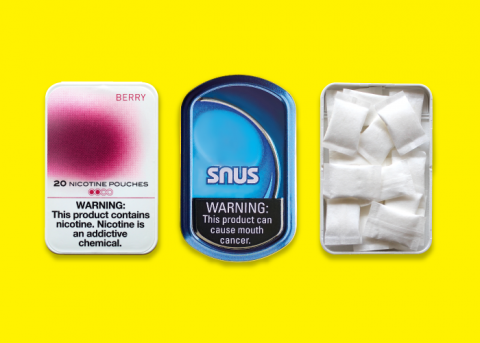
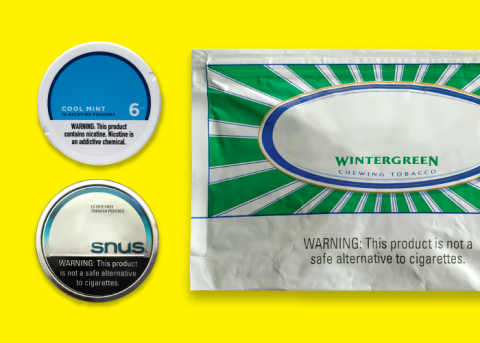
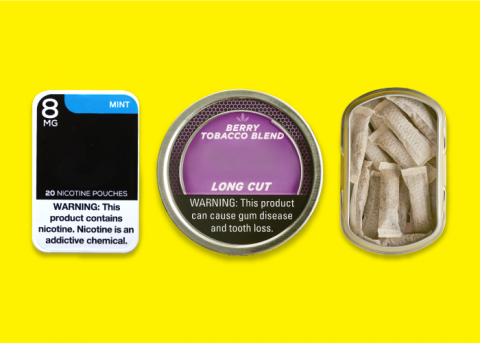
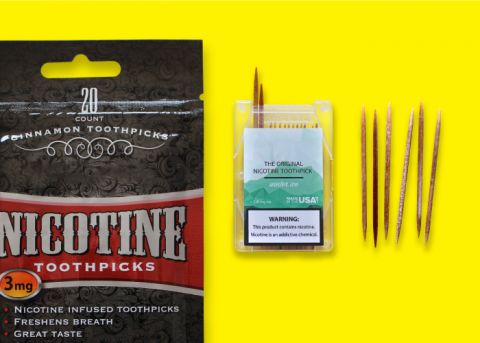
Some of the health risks
We all know how dangerous cigarettes and secondhand smoke can be, so it’s easy to assume that smokeless products are safe, but dip, snus, and chew contain many of the same toxic chemicals found in cigarettes, including arsenic, lead, formaldehyde, and 30 known cancer causers. Other risks include:
Share what you've learned
Research shows that kids are more likely to avoid risky behaviors when they have an open, trusting relationship with parents and other caregivers, so talk to your kids about e-cigarettes and share what you know with parents, teachers, and others.
You can tell your kids:
Tobacco-free nicotine products are not risk-free. Just because a nicotine product doesn't contain tobacco doesn’t make it harmless. Nicotine is a highly addictive chemical that is especially dangerous for youth and young adults, and the U.S. Food and Drug Administration (FDA) has not approved nicotine pouches as a smoking cessation aid.
Smokeless products are not okay, even if some athletes use them. Athletes may do extraordinary things, but they’re still just people. Which means they’re vulnerable to addiction and unhealthy choices just like the rest of us. Smokeless products are addictive, carcinogenic, and deadly—even for athletes.
Flavored smokeless tobacco isn’t “better for you.” Flavors like mint, cherry, vanilla, and sour apple can give the impression that flavored dip, chew, and snus are safe, or mild version of conventional tobacco, but those flavors just help mask the harsh taste of tobacco and the thousands of chemicals in dip, snus, and chew.
Smokeless doesn’t make it harmless. No tobacco product is safe. Dip contains more than 4,000 chemicals and at least 30 of them can cause cancer. Don’t forget, the addictive nicotine in smokeless products can change the way a young brain grows and may harm a child’s impulse control and ability to learn.
Most kids don’t use smokeless tobacco products. Kids may see the variety of dip, snus, and chew in stores, around their community, and assume using smokeless tobacco is a popular choice. Remind your child that most Missouri youth choose to live tobacco free. In fact, 94.5% of Missouri high schoolers aren't using dip, chew, or snus.
Make sure others know
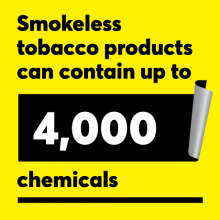
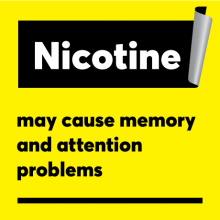
Resources
Learn more about cigars, little cigars, cigarillos and the harm they can do:
- Smokeless Tobacco and Kids
- Dip, Chew, Snuff, Snus: "Smokeless" Doesn't Mean "Safe"
- Smokeless Tobacco: Health Effects
- CDC | Addressing Use of Nicotine Pouches
- FDA | FDA Authorizes Marketing of 20 ZYN Nicotine Pouch Products after Extensive Scientific Review
- Tobacco-Derived Nicotine Pouch Brands and Marketing Messages on Internet and Traditional Media: Content Analysis
More products, more risks
Tobacco keeps changing. Learn more about the other addictive tobacco products that are endangering the health of Missouri’s youth.
Support Tobacco Free Environments and Prevention Policies
We can react to Missouri’s tobacco problems, or we can use best practices, and proactive policies, that work together to prevent youth tobacco use and other statewide challenges. You can help make that happen. Find out how you can support comprehensive tobacco policies for a healthier state and take action in your own community.
Take the Next Step
Knowledge is power. Find out how the tobacco industry creates, packages, and markets its dangerous products to hook young people in your community.

